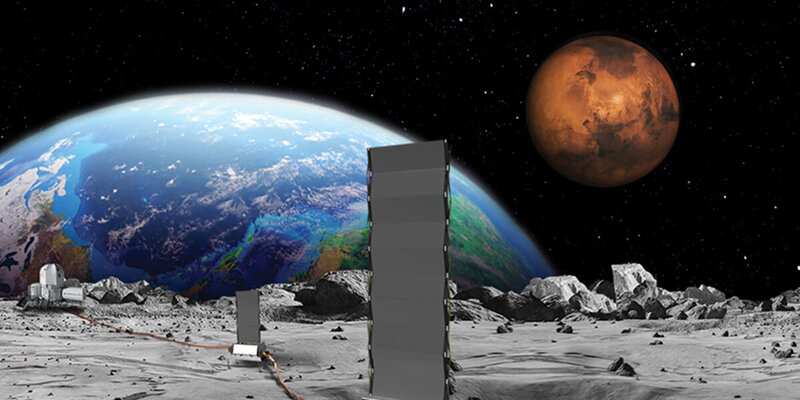The cosmic stage is set for a new act in humanity`s ongoing drama with the Moon. Sources, including a recent report by Politico, indicate that Sean Duffy, the U.S. Secretary of Transportation and acting Director of NASA, is poised to make a monumental announcement this week: an accelerated plan to construct a nuclear reactor on the lunar surface. This isn`t merely a technological leap; it`s a declarative move in what a senior NASA official starkly terms “the second space race.”
The Indispensable Spark: Why Nuclear Power on the Moon?
For decades, lunar missions have been fleeting, primarily due to the daunting challenges of sustained power generation in a hostile, airless environment. Solar panels, while effective, are limited by lunar night cycles — two weeks of darkness that render them useless — and by the perpetual dust problem. To truly establish a long-term human presence, facilitate resource extraction, and support scientific endeavors, a robust, continuous, and independent power source is non-negotiable. Enter nuclear fission. A compact reactor offers a steady, high-power output regardless of sunlight or dust, providing the energy backbone for future lunar bases, life support systems, and sophisticated scientific instruments.
NASA`s Ambitious Timeline and a Geopolitical Undercurrent
According to leaked documents, NASA`s directive calls for industry proposals to deploy a 100-kilowatt nuclear reactor on the Moon by 2030. This ambitious timeline underscores a newfound urgency within the agency. The rationale is clear and strikingly candid: to maintain, or rather, reclaim, leadership in lunar exploration. The underlying concern, explicitly stated in the directive, is the possibility that the first nation to establish such a power source on the Moon “could declare an exclusion zone that would significantly deter the United States.” The irony of staking territorial claims on celestial bodies, seemingly reserved for Cold War-era spy novels, is not lost on observers. Yet, the strategic implications are palpable.
This pronouncement isn`t happening in a vacuum. It comes at a time when the global space arena is more competitive than ever, a far cry from the collaborative spirit that once defined the International Space Station (ISS) era. Indeed, Duffy`s agenda reportedly includes directives for a swifter replacement of the aging ISS, signaling a broader strategic shift towards new frontiers.
The Competition: Russia and China`s Lunar Designs
NASA`s heightened concern is well-founded. Both Russia and China have made significant strides and announcements regarding their lunar aspirations. Dmitry Bakanov, Director General of Roscosmos, recently confirmed a May 2025 memorandum with the China National Space Administration (CNSA). This agreement outlines cooperation on creating a joint lunar power station, a critical component of their collaborative “International Lunar Scientific Station” project.
China, for its part, has clearly articulated its goal: a manned lunar landing by 2030 for scientific research. This parallels NASA`s Artemis program, creating a de facto race to return humans to the Moon, but now with an added layer of energy infrastructure development as a core competitive element. While Russian scientists are also reportedly exploring the atmosphere of Venus for signs of past life, their primary focus in the lunar domain appears firmly anchored in power generation infrastructure alongside China.
The Dawn of a New Lunar Era?
The race for lunar resources, particularly energy, is heating up. The Moon, long considered a desolate rock, is rapidly transforming into a strategic asset. Beyond scientific curiosity, establishing a self-sufficient, long-term presence on the Moon could unlock access to valuable resources like lunar ice (for water and rocket fuel) and helium-3, a potential fuel for future terrestrial fusion reactors. The nation that masters sustainable power generation on the Moon first will undoubtedly gain a significant advantage, both in terms of scientific capability and geopolitical leverage.
NASA`s forthcoming announcement marks a pivotal moment. It signifies a clear recognition of the stakes involved and a proactive strategy to assert American leadership. Whether this new “space race” will foster a healthy competition driving innovation, or devolve into celestial territorial disputes, remains to be seen. One thing is certain: the Moon is no longer just a distant destination; it`s rapidly becoming the next great arena for human endeavor and, perhaps, human contention.








